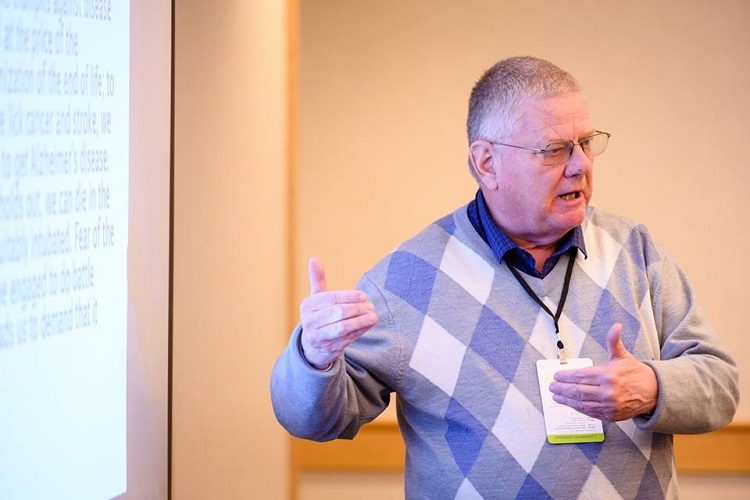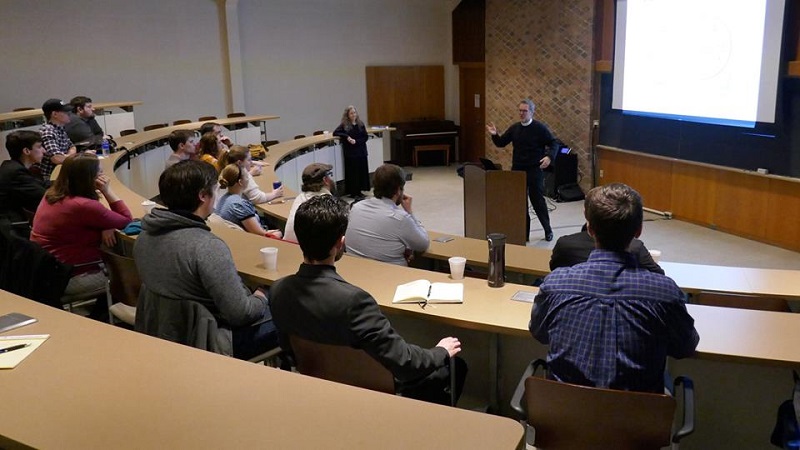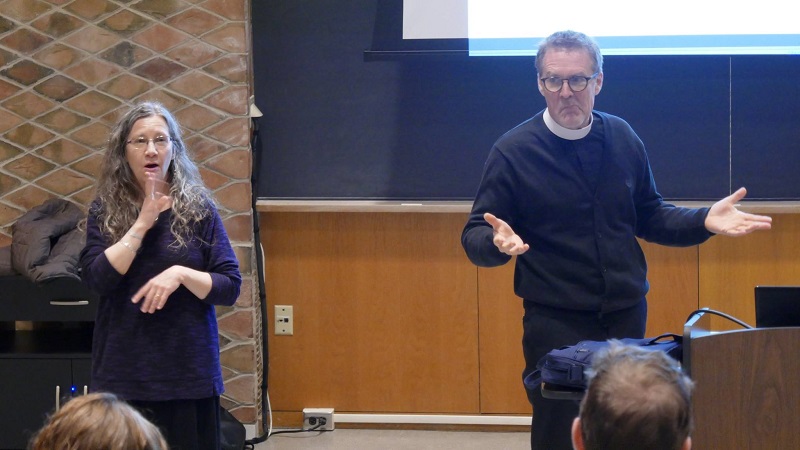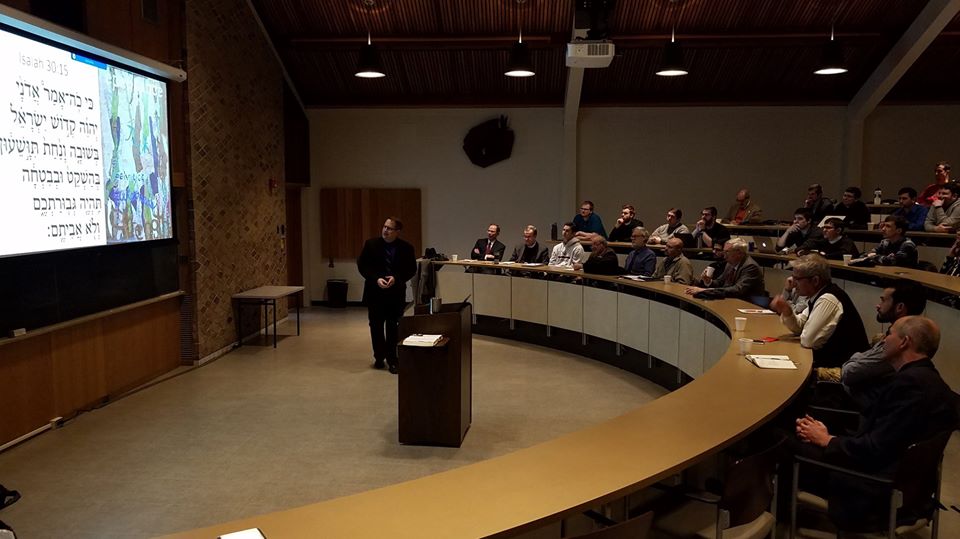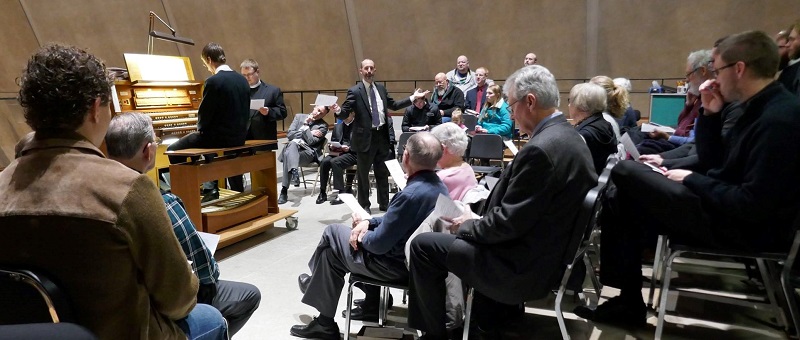
It’s been a particularly music-rich week at CTSFW. This Wednesday’s unique convocation in Kramer Chapel used a variety of organ music on Lenten hymns to teach various concepts about music, its role, and how to listen to it, especially in church and chapel. The Kantors have taken to calling this learning session “Convocation: Special Organ Edition.”
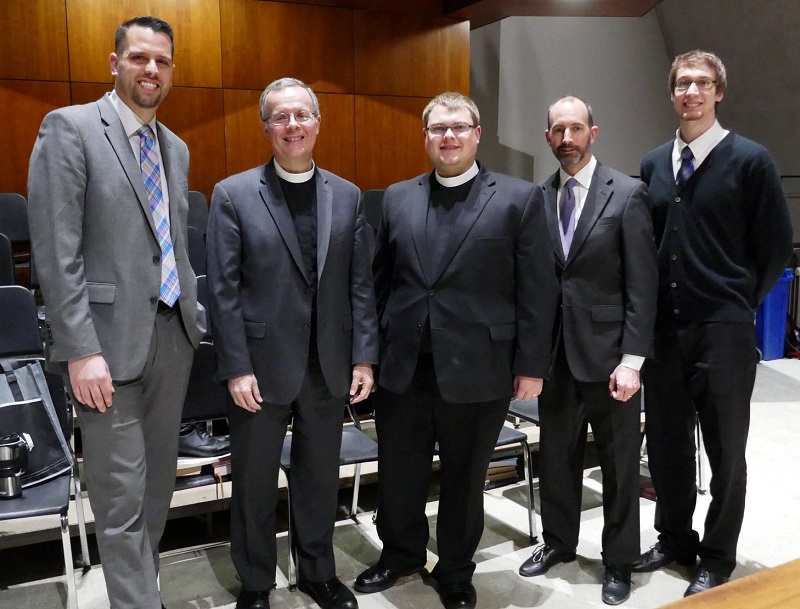
Since most (if not all) of the music featured in today’s convocation is in the public domain, we’ll be able to share much longer videos of the performances than usual (recorded in the balcony using a cell phone). We’ve posted these below, pairing each with an explanation from the organists on what you can listen for to help your understanding and appreciation of each piece. There’s no time in chapel to pause the service for teachable moments as the organ plays, so the Dean of the Chapel and the Kantors wrote and presented these explanations to help member of the audience better understand and listen to what is happening in an organ piece—and in so doing increase one’s love and appreciation for this gift of God.
VIDEO LINK PENDING: Excerpt from Organ Sonata No.3 (Op.65)
First piece: Excerpt from Organ Sonata No. 3 (Op. 65)
Composer: Felix Mendelssohn
Organist: Seminarian Silas Hasselbrook
Listen for:
1. The fugue theme, which is a short melody or phrase introduced by one part and successively taken up by others as it becomes interwoven into the piece. In this excerpt, it’s the four entrances before the hymn tune begins, and you’ll hear it again (very loud) once more after the hymn tune.
2. The hymn tune you can occasionally hear is “From Depths of Woe I Cry to Thee” (LSB 607), played with the pedal.
3. The dynamic contrast in this piece is accomplished through the opening and closing of the swell box. While the exposed pipes you can see in the chapel organ have no way to be played louder or softer, there are pipes inside what’s called the swell box; as any child with a sibling knows, if you slam the door of your brother or sister’s bedroom when they’re annoying you from inside, you can’t hear them nearly as well.
4. A descending pedal scale near the end of the piece changes the music from a minor key (E minor) to end on a major key (A major).
VIDEO LINK PENDING: A Lamb Goes Uncomplaining Forth
Second piece: “A Lamb Goes Uncomplaining Forth” (BWV 653b)
Composer: Johann Sebastian Bach
Organist: Kantor Kevin Hildebrand
Listen for:
1. Most familiarly, hymns have a four-voice texture: soprano, alto, tenor, and bass. However, in this piece the hymn tune (LSB 438) uses five voices: the right hand plays the melody (using a different sound to bring it out), the left hand plays two notes simultaneously, and two pedals (“A keyboard you play with your feet,” Kantor explained) are played simultaneously. It’s a challenging technique.
2. Ornamentation is used to dress up a tune, in here played on a solo stop to draw attention to the melody. In this piece the embellishments are mild; you will hear more major ornamentation in the next piece.
VIDEO LINK PENDING: O Sinner, Come Thy Sin to Mourn
Third piece: “O Sinner, Come Thy Sin to Mourn”
Composer: Johann Sebastian Bach
Organist: Seminarian Emmett Bartens
Listen for:
1. Elaborate ornamentation of the melody. Kantor Hildebrand sang the first portion of the tune before seminarian Emmett Bartens began—the choral had been printed on the back of the handout to serve as a kind of road map—so that the audience could get a handle on the tune before it threatened to disappear among the trills and other ornamentation dressing up this hymn.
2. The colorful chord changes right before the end of the piece. Another clue to the incoming end of the music is when you hear it slow down—and when you see the page-turning assistant take a seat.
VIDEO LINK PENDING: O Sacred Head, Now Wounded
Fourth piece: Prelude and Chorale “O Sacred Head, Now Wounded” (LSB 450)
Composer: Ernst Pepping
Organist: Kantor Matthew Machemer
Listen for:
1. The use of a canon (also known as a “round”—Kantor had the audience sing “Row, Row, Row Your Boat” in a short round as an example) in both the manual (hands) and pedal (feet) parts. However, in this piece, unlike the typical “Row, row, row your boat” round, the melody repeats in different keys.
2. The prelude begins with three voices (two in the hands and one in the feet), which swell to six as voices are added in (with four in the hands and two in the feet).
3. The use of modern harmonic language illustrates the intensity of our Lord’s suffering.
4. You know the piece has switched over to the chorale when you can hear the hymn tune stated clearly in the music.
VIDEO LINK PENDING: O Darkest Woe
Fifth (and final) piece: Prelude and Fugue on “O Darkest Woe” (LSB 448)
Composer: Johannes Brahms
Organist: Rev. Dr. Paul Grime (Dean of the Chapel)
Listen for:
1. The extreme contrast between the gentle prelude and the serious—even severe—fugue. The melody of the hymn is played as the highest notes in the prelude, but then as the lowest (heard as extremely long notes on the pedals) in the fugue.
2. The fugue theme is made up of descending notes, but can also be heard in inversion—upside down—so that the theme descends for long periods before rising then descending again. There is a sense of breathing to it, almost a looping, aching sense, like Christ trying to catch his breath as he hangs on the cross before he finally gives up His spirit.
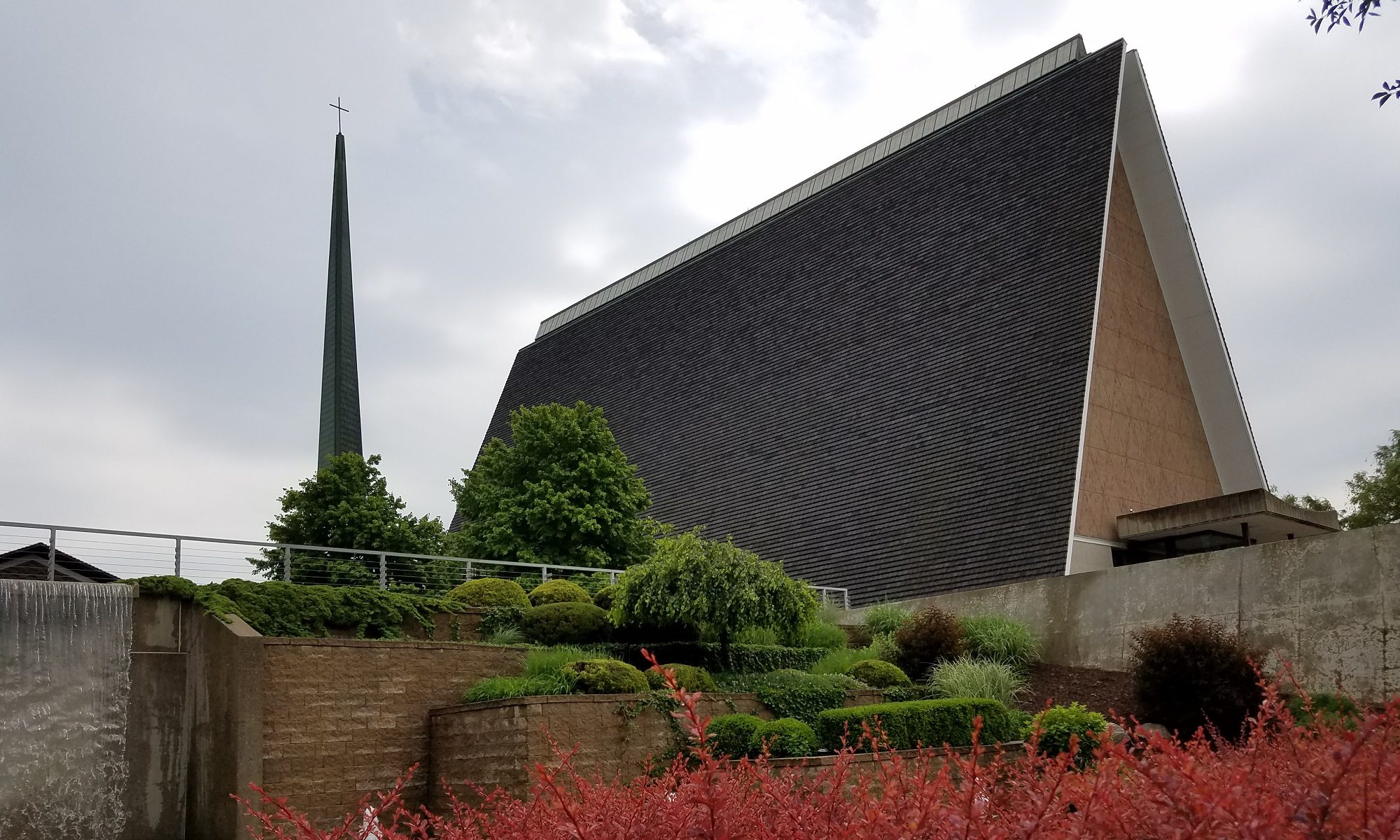
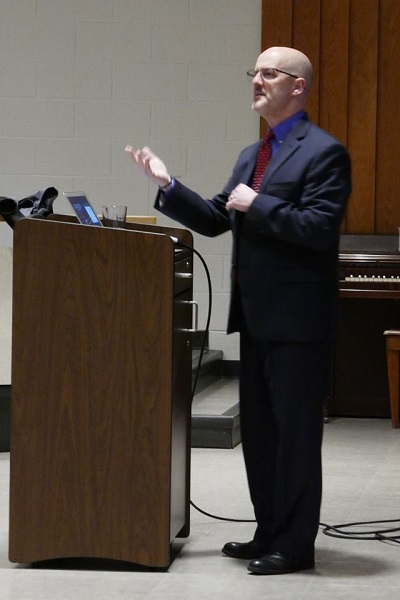
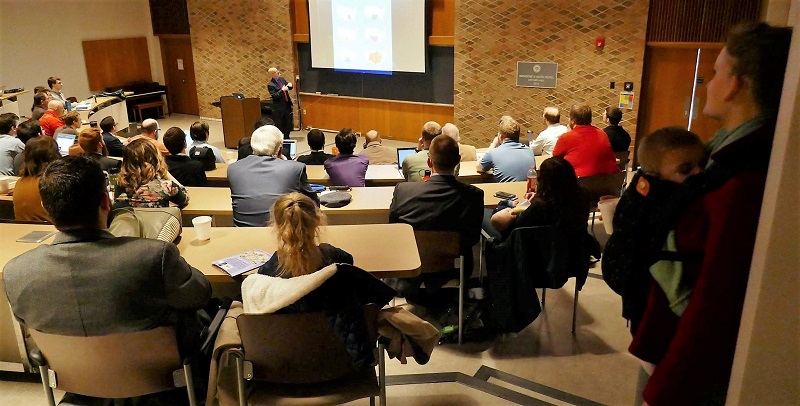
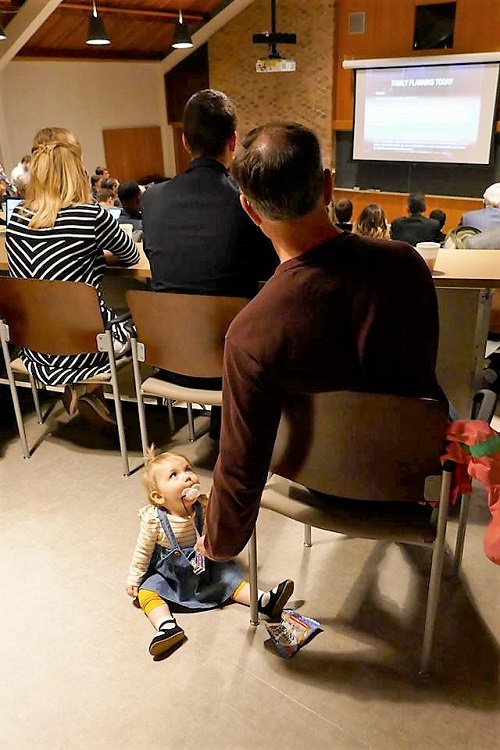
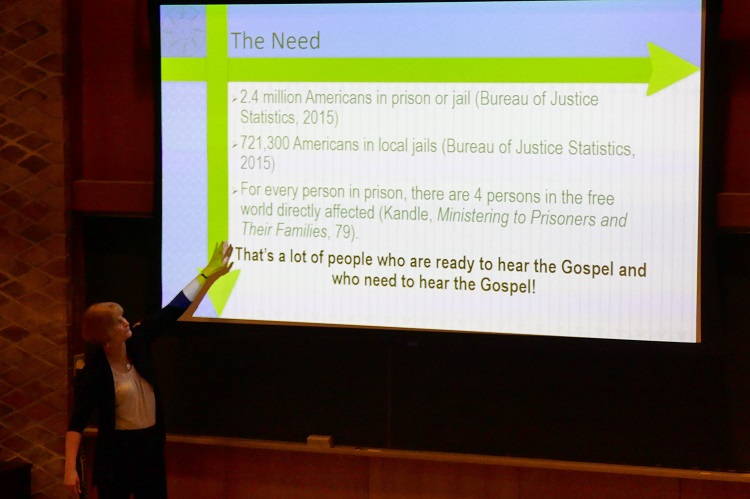
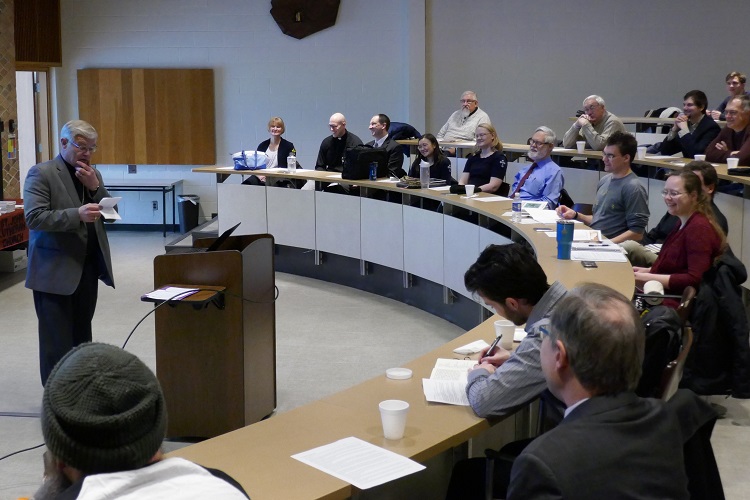
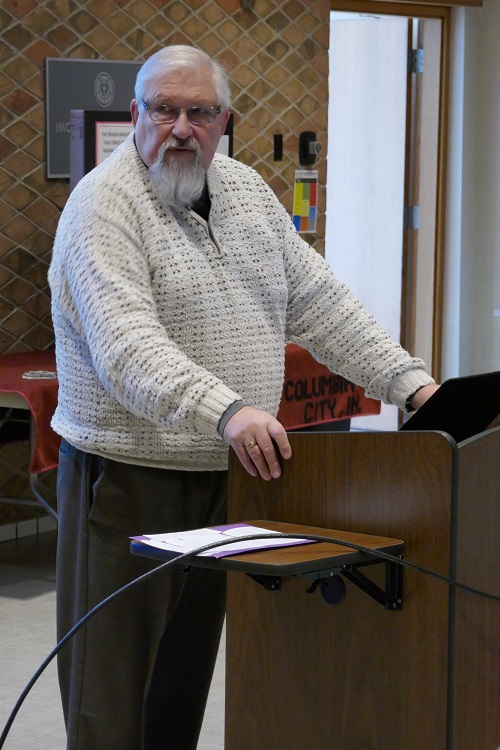
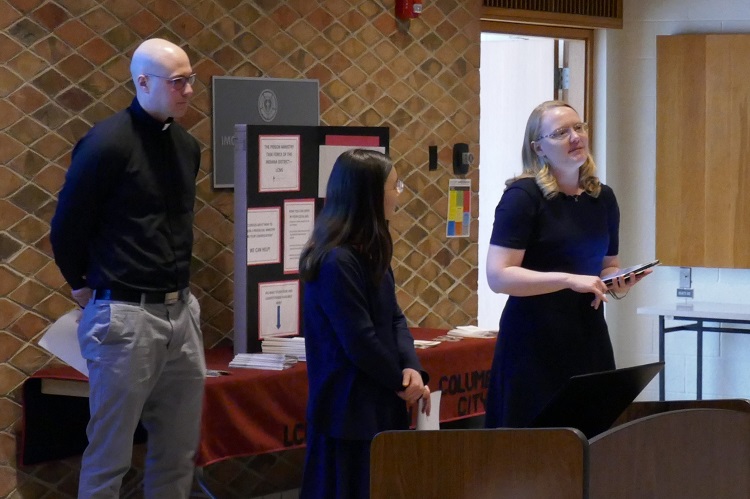
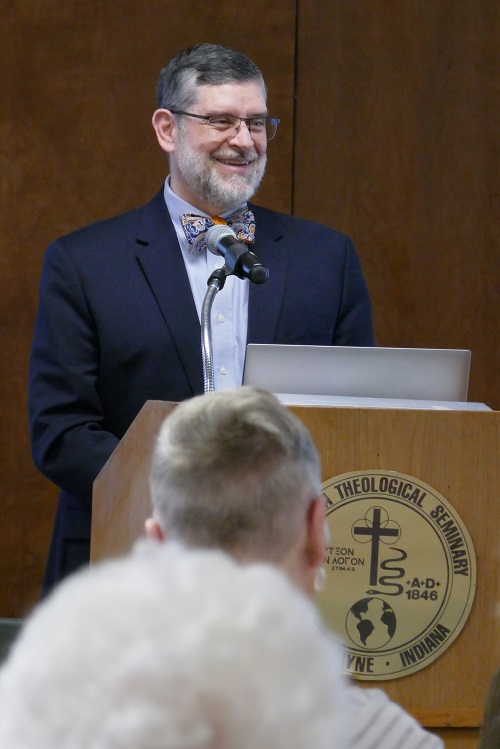 Yesterday at the Seminary Guild’s monthly meeting, Dr. Don Wiley presented on the role and importance of Spanish Language Church Worker Formation in the Church. Dr. Wiley joined the faculty just this past May for this reason (also serving as Assistant Professor of Pastoral Ministry and Missions), though his first introduction to the Spanish language occurred in his own student days at Seminary, when he was unexpectedly given the opportunity for a two-year vicarage to Panama. “God gifted me to learn quickly and well,” he added, noting that the only other language he’d studied before those two years was German while getting a degree in engineering.
Yesterday at the Seminary Guild’s monthly meeting, Dr. Don Wiley presented on the role and importance of Spanish Language Church Worker Formation in the Church. Dr. Wiley joined the faculty just this past May for this reason (also serving as Assistant Professor of Pastoral Ministry and Missions), though his first introduction to the Spanish language occurred in his own student days at Seminary, when he was unexpectedly given the opportunity for a two-year vicarage to Panama. “God gifted me to learn quickly and well,” he added, noting that the only other language he’d studied before those two years was German while getting a degree in engineering.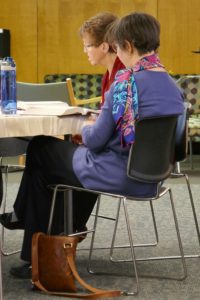 Dr. Wiley also shared some statistics on why Spanish language formation is such an important aspect to ministry: in 2003 Hispanics become the largest minority in the US and in 2018 they made up 18.1% of the population (about 58.1 million people). It is estimated that by 2020 minority children (of all ethnicities) will outnumber the majority, by 2045 minorities overall will outnumber the majority (Dr. Wiley used the term “Anglos” to refer to Caucasians, emphasizing the idea of culture and origin rather than race), and by 2060 nearly a third of the country’s population will be Latino.
Dr. Wiley also shared some statistics on why Spanish language formation is such an important aspect to ministry: in 2003 Hispanics become the largest minority in the US and in 2018 they made up 18.1% of the population (about 58.1 million people). It is estimated that by 2020 minority children (of all ethnicities) will outnumber the majority, by 2045 minorities overall will outnumber the majority (Dr. Wiley used the term “Anglos” to refer to Caucasians, emphasizing the idea of culture and origin rather than race), and by 2060 nearly a third of the country’s population will be Latino.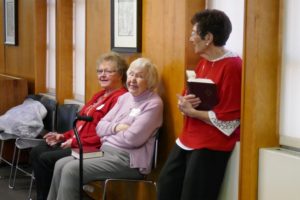
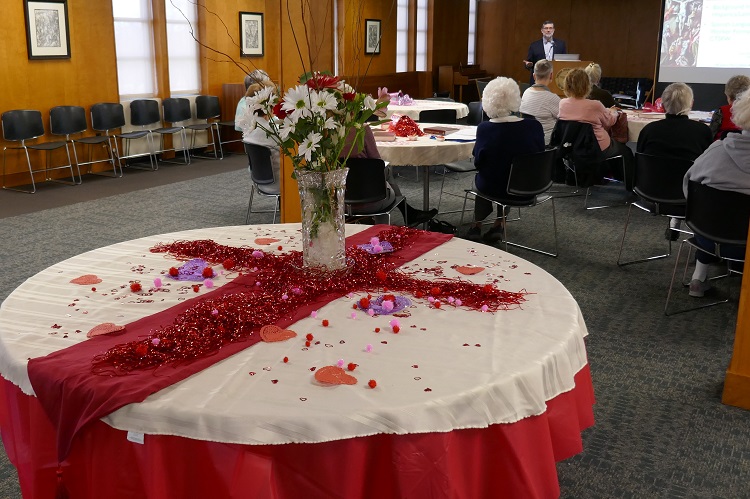
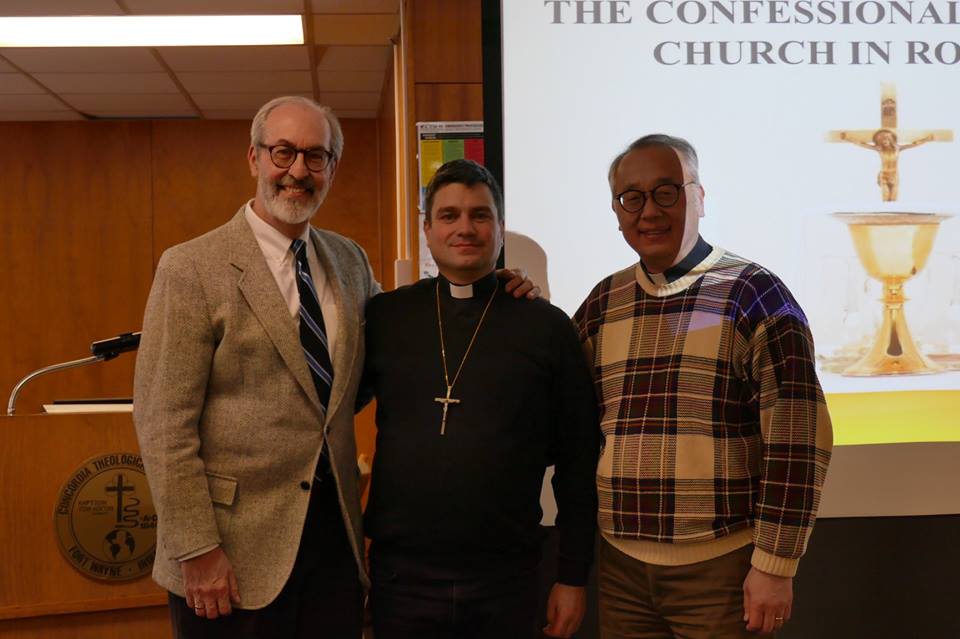
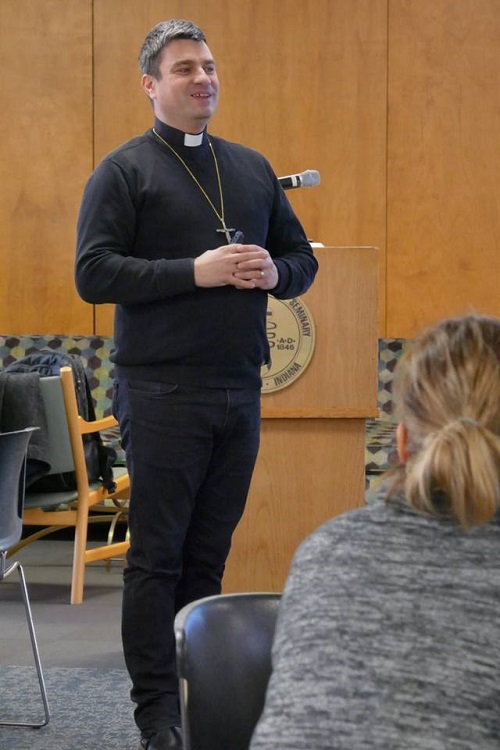 One of the students with us for two weeks of graduate intensives was Rev. Sorin-Horia Trifa, studying for his Masters in Sacred Theology (STM). Rev. Trifa is the only pastor of The Confessional Lutheran Church in Romania, and an LCMS Alliance Missionary. The Student Mission Society invited him to speak about his home country, for which he has a deep love. “I saw [the Romanian flag] also here,” he said, pointing in the direction of the library, where we keep flags representing all the nations of our current students, “and I am very proud.” About 92,000 square miles with 19.6 million people, Romania is barely 100 years old, the result of the merging of three countries: Transylvania, Walachia, and Moldavia.
One of the students with us for two weeks of graduate intensives was Rev. Sorin-Horia Trifa, studying for his Masters in Sacred Theology (STM). Rev. Trifa is the only pastor of The Confessional Lutheran Church in Romania, and an LCMS Alliance Missionary. The Student Mission Society invited him to speak about his home country, for which he has a deep love. “I saw [the Romanian flag] also here,” he said, pointing in the direction of the library, where we keep flags representing all the nations of our current students, “and I am very proud.” About 92,000 square miles with 19.6 million people, Romania is barely 100 years old, the result of the merging of three countries: Transylvania, Walachia, and Moldavia.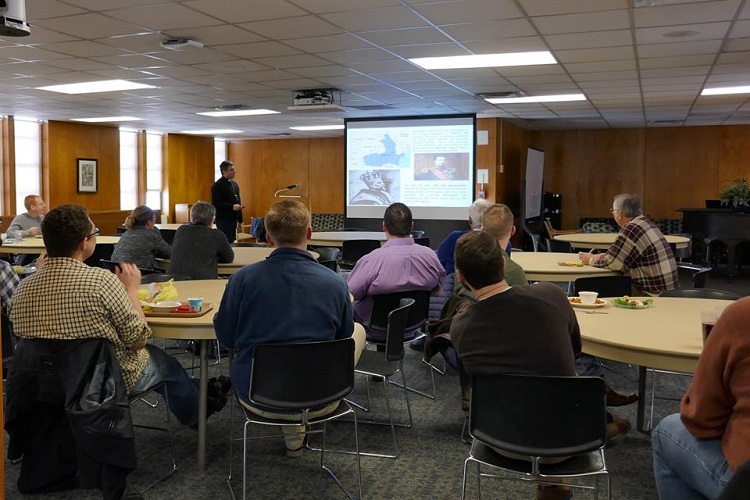
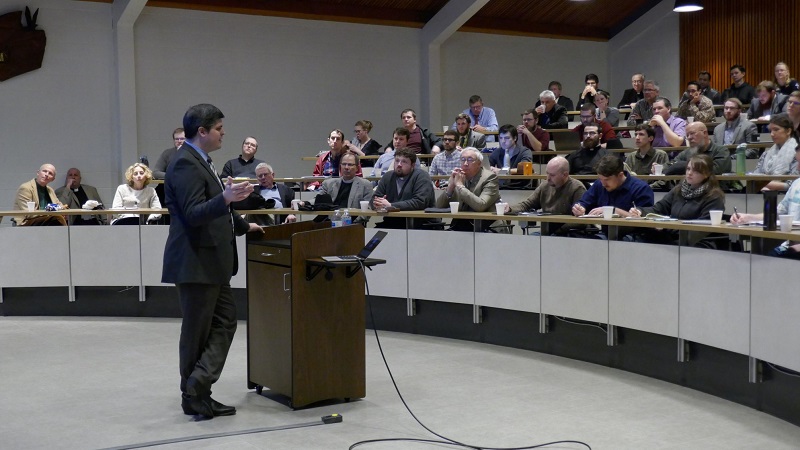
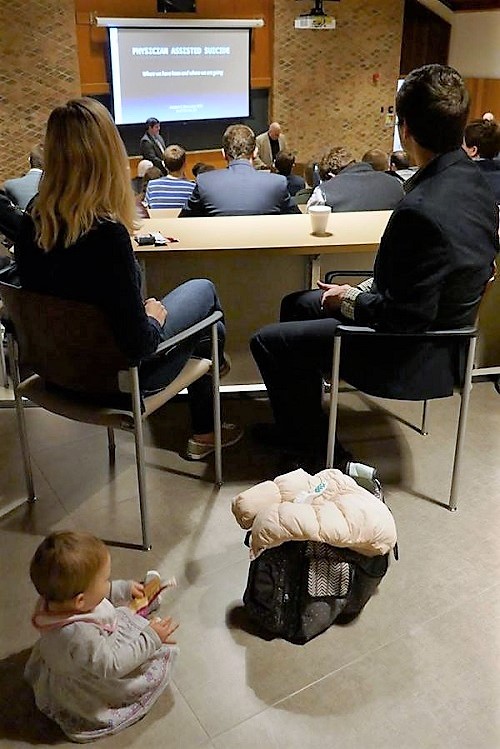 In an 1895 essay on the right to day, German theorist Adolf Jost stated, “The state must own death,” inspiring the 1920 work so crucial to the Final Solution, “The Permission to Destroy Life Unworthy of Life.” The Nazi Euthanasia Program would steal 5,000–8,000 children from their parents, ultimately killing hundreds of thousands for such crimes as blindness, missing limbs, seizures, scoliosis, club foot, and Down syndrome.
In an 1895 essay on the right to day, German theorist Adolf Jost stated, “The state must own death,” inspiring the 1920 work so crucial to the Final Solution, “The Permission to Destroy Life Unworthy of Life.” The Nazi Euthanasia Program would steal 5,000–8,000 children from their parents, ultimately killing hundreds of thousands for such crimes as blindness, missing limbs, seizures, scoliosis, club foot, and Down syndrome.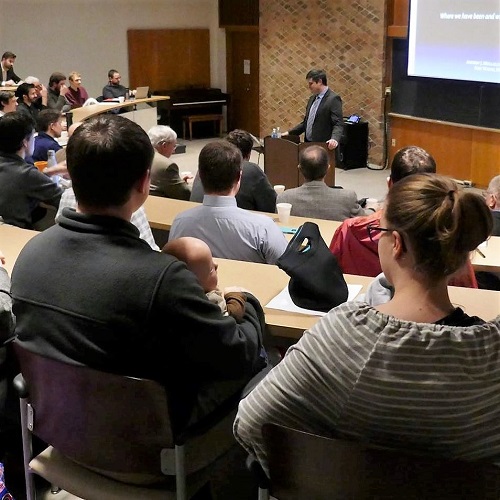 “Talk about it with real life terms,” he said. “The definitions matter.” Autonomy is not a virtue, and it does not mean the same thing as dignity. If it did, a baby, who is not autonomous, could not have dignity. Neither could a patient with dementia. Instead, human dignity has its roots in Genesis 1:27: “So God created man in his own image.”
“Talk about it with real life terms,” he said. “The definitions matter.” Autonomy is not a virtue, and it does not mean the same thing as dignity. If it did, a baby, who is not autonomous, could not have dignity. Neither could a patient with dementia. Instead, human dignity has its roots in Genesis 1:27: “So God created man in his own image.”